How the channel can promote the digital employee experience
Channel firms must bridge the gap between IT and HR, and encourage businesses to reap the benefits of putting people first

The need for businesses to put people first has never been greater than now. The ‘employee experience’ matters a great deal, especially when it comes to giving workers access to essential digital technologies, applications, culture and support. These factors directly affect growth as well as attracting and holding onto talent.
Major research would agree, with HR and IT decision-makers agreeing that more than double the number of employees in high or hyper-growth companies have the freedom to work from personal devices, versus underperforming companies. It’s also widely understood that employees enjoy the flexibility of digital tools for work, which motivates their decision to accept jobs, or applying for certain roles in the first place. So why haven’t all businesses grasped this?
As ever, adding such flexibility is often easier said than done. Devising the perfect digital employee experience means overcoming operational, cultural and technological challenges. Specifically, it means bridging significantly siloed thinking between HR and IT teams, which compromises a business’ ability to deliver the digital experience that employees demand.
It’s here that partners play a key role as trusted advisors, having invested enough to appreciate the nuances of any particular business, but detached enough they can remain objective when driving coordination between different departments. The opportunity for channel firms is to challenge customers to think differently, to help bridge the gaps within organisations and ensure the performance case for taking a digital-first approach to employees is well-understood. So, what steps can they take to do this?
Communicate to collaborate
I’ve sat in workshops with heads of IT and HR where it’s clear these teams rarely speak about the areas of overlap. It’s a widespread phenomenon, with most workers calling for HR and IT to work better together, and very few experiencing HR and IT collaborating all of the time.
The result is a lack of coordination and unclear accountability, between lines of business but also for employees. Studies have shown that half of workers, in fact, don’t actually know whether they should approach HR or IT about the digital experience they’re having at work.
With such confusion, partners have a strong opportunity to drive joined-up communications and connect these departmental silos. This would really help unshackle IT from being just the tech, and HR from being seen as just the procedural elements of talent management. By doing so, they can help clarify roles, responsibilities and routes to internal teams better working together. Taking a joined-up approach to this, where IT, HR, the business and employees all have a voice and a role, is essential.
Stay up to date with the latest Channel industry news and analysis with our twice-weekly newsletter
Think user-first, not device-first
Too often, we think of mobility and digitally-empowered employees as classic office workers, emailing on the move and joining conference calls from the comfort of their homes. It’s so much more than this, and the opportunity for organisations is always thinking user-first rather than device-first. Partners can help drive this mindset shift, away from managing laptops and mobile devices towards best supporting the broadest possible needs. This could be workers operating in back offices, delivering customer services and sales, or working on retail stores and manufacturing floors. Whatever the specific field, organisations will require guidance to ensure the right technology supports business imperatives, managing applications and use-cases to free up IT to think differently.
When approaching this challenge, partners can offer value by thinking broadly and drawing on existing insights from previous projects, across different organisations and sectors. Consider the trend in art galleries or major exhibition spaces, for example, to develop location-based apps to provide exhibit information to visitors when they are stood close by. By ensuring digital content becomes an aid to learning, exploration and navigation, these galleries can boost engagement with their digitally orientated visitors. This might be a specific scenario but its learnings could be applied, for instance, to the aviation industry to provide travellers with proximity-based facilities and services information, not to mention navigation support on their devices.
Prioritise projects at speed; try small and fail fast
Partners must also foresee which parts of the business should be involved in each project. It’s not that every project, even those relating to the digital employee experience, will require full engagement from both IT and HR teams, but for those that do, push for seamless coordination - despite the friction that might follow.
Onboarding new employees is a prime example, requiring textbook collaboration between HR and IT. The ambition is to cultivate a ‘day zero experience’ where new employees digitally receive all documentation, log-in details, preparatory questions and onboarding information before their first day. Delivering through one platform that can simply and securely manage any app on any device, this allows the employee to return completed materials, select the workplace device of their choosing, get set-up on the corporate system and familiarise themselves with immediate tasks and training so that, by the time they walk in for the very first time, they can collect their device and go.
When prioritising such projects, there’s also the need to consider trying small and failing fast. Many infrastructure and modernisation programmes tend to be 18 months long, involving ‘big bang’ plays that are huge in scope and complexity to deliver. In today’s world, companies can’t always afford that time, and staff need to be rolled-in from day one, for example. Partners, therefore, should also help organisations prioritise things at speed; fail-fast, learn quickly, be iterative and adapt for the next challenge.
Challenge businesses to think differently
Success comes down to establishing a new engagement model between IT and HR and, ultimately, end-users. Coordinated and quick decision-making is required, fuelled by an agile technology platform that can scale at the drop of a hat to provide access to information for all the relevant fingertips in a simple and secure fashion.
This is a complex territory and requires a great many different parts working together in harmony. The opportunity for partners should not be underestimated. Challenge customers to think differently; equip them with the right technology behind the scenes to free IT and HR from their traditional silos and foster true collaboration. In doing so, channel businesses can support firms as they finally focus on putting people first.
Andy Philp is EMEA Product Marketing Manager with VMware
-
 Google drops $4.75bn on data center and energy firm Intersect
Google drops $4.75bn on data center and energy firm IntersectNews The investment marks the latest move from Google to boost its infrastructure sustainability credentials
-
 OpenAI says prompt injection attacks are a serious threat for AI browsers
OpenAI says prompt injection attacks are a serious threat for AI browsersNews OpenAI details efforts to protect ChatGPT Atlas against prompt injection attacks
-
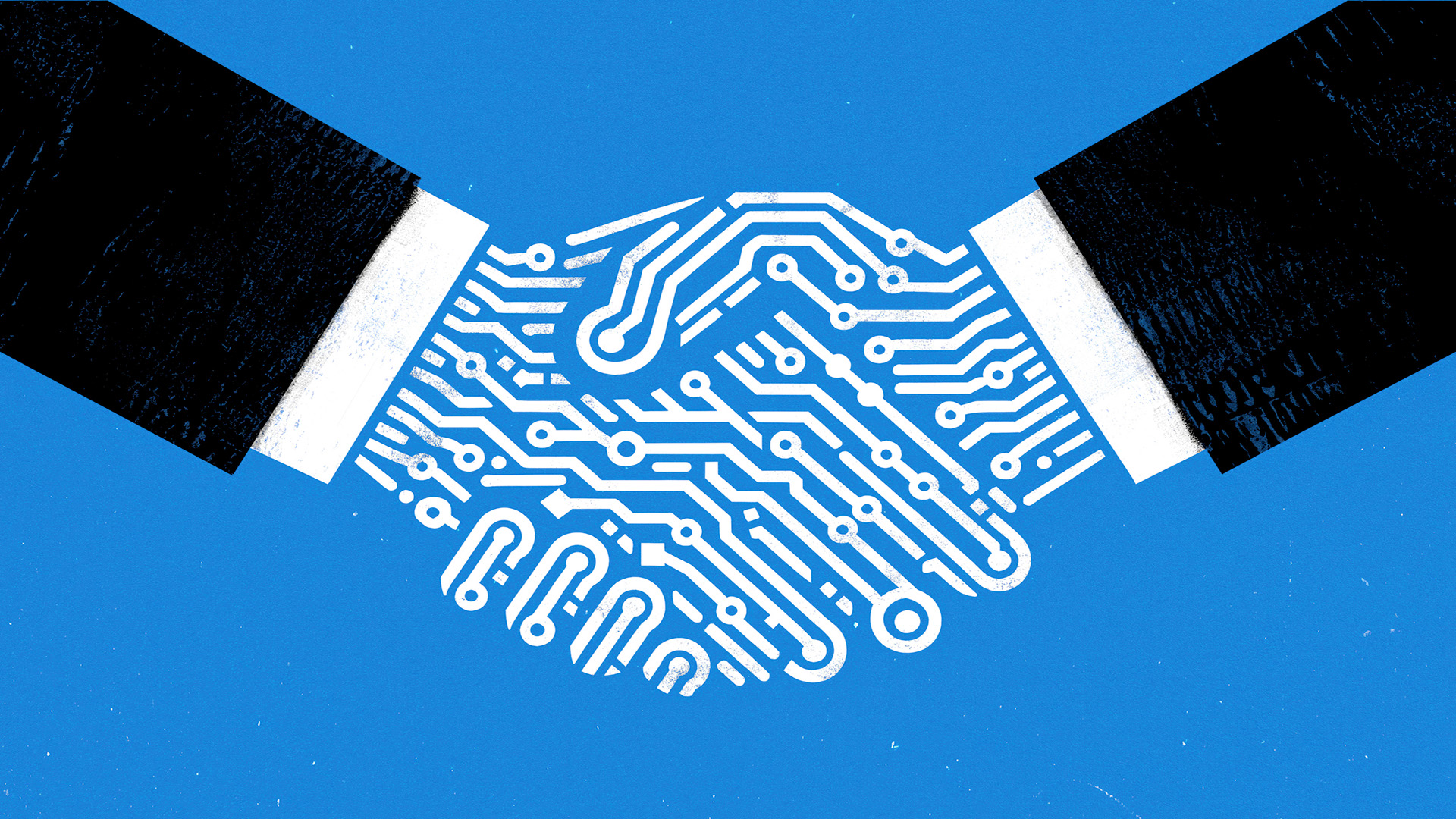 Keeper Security expands federal bench with latest senior hires
Keeper Security expands federal bench with latest senior hiresNews The security vendor has bolstered its federal team to support zero-trust access, operational execution, and government modernization efforts
-
 atNorth bolsters leadership bench with double appointment
atNorth bolsters leadership bench with double appointmentNews Tatu Tuominen has been named director of public affairs and communications, while Anne Helenius-Heir will serve as director of HSE
-
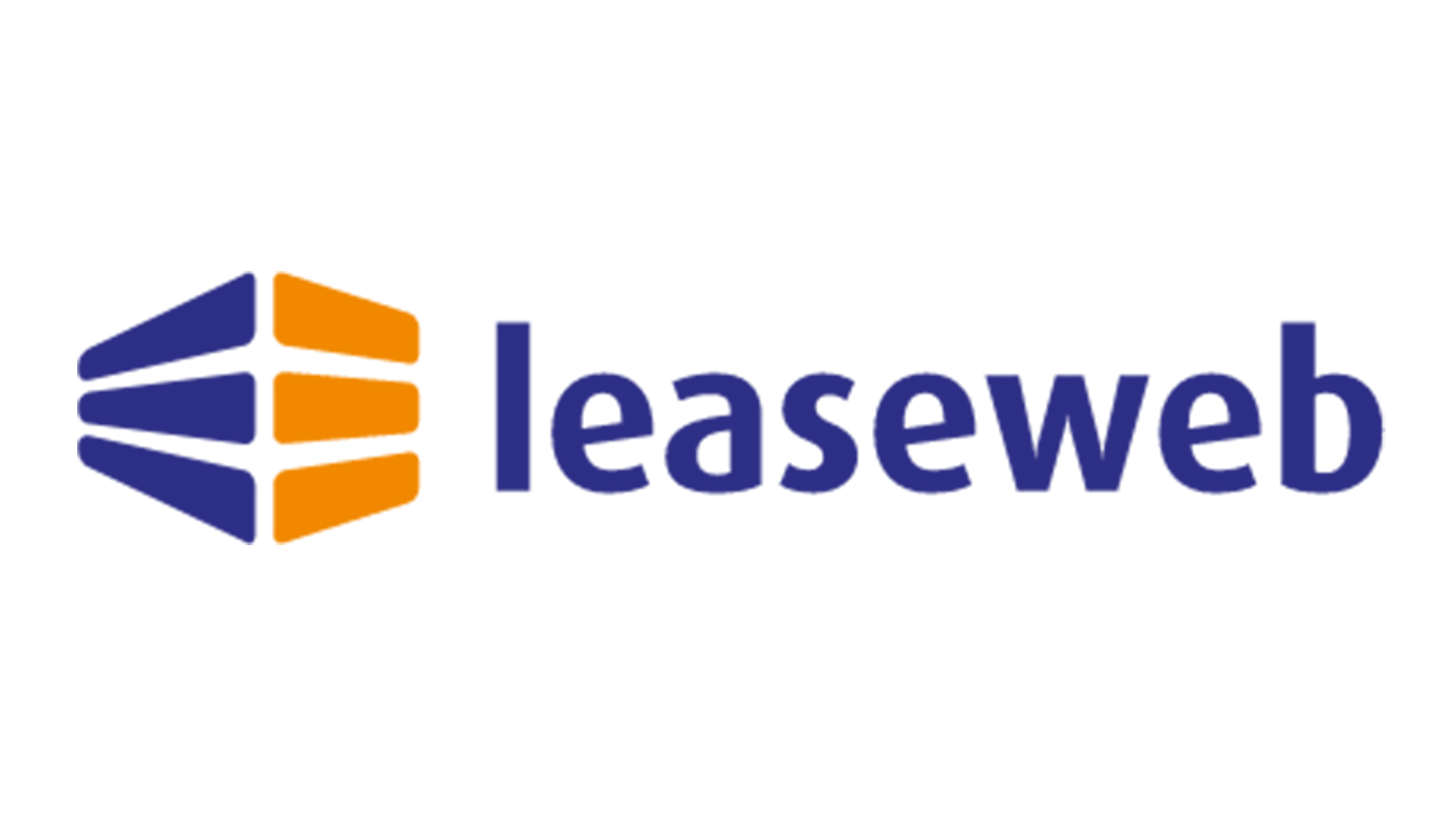 Ronald Richardson to lead Leaseweb’s global commercial strategy
Ronald Richardson to lead Leaseweb’s global commercial strategyNews The experienced executive has been named Leaseweb’s new CRO as the IaaS provider embarks on the next phase of its growth journey
-
 HackerOne eyes enterprise growth with double C-suite appointment
HackerOne eyes enterprise growth with double C-suite appointmentNews Seasoned industry executives Stephanie Furfaro and Stacy Leidwinger have joined the cyber security vendor’s executive team
-
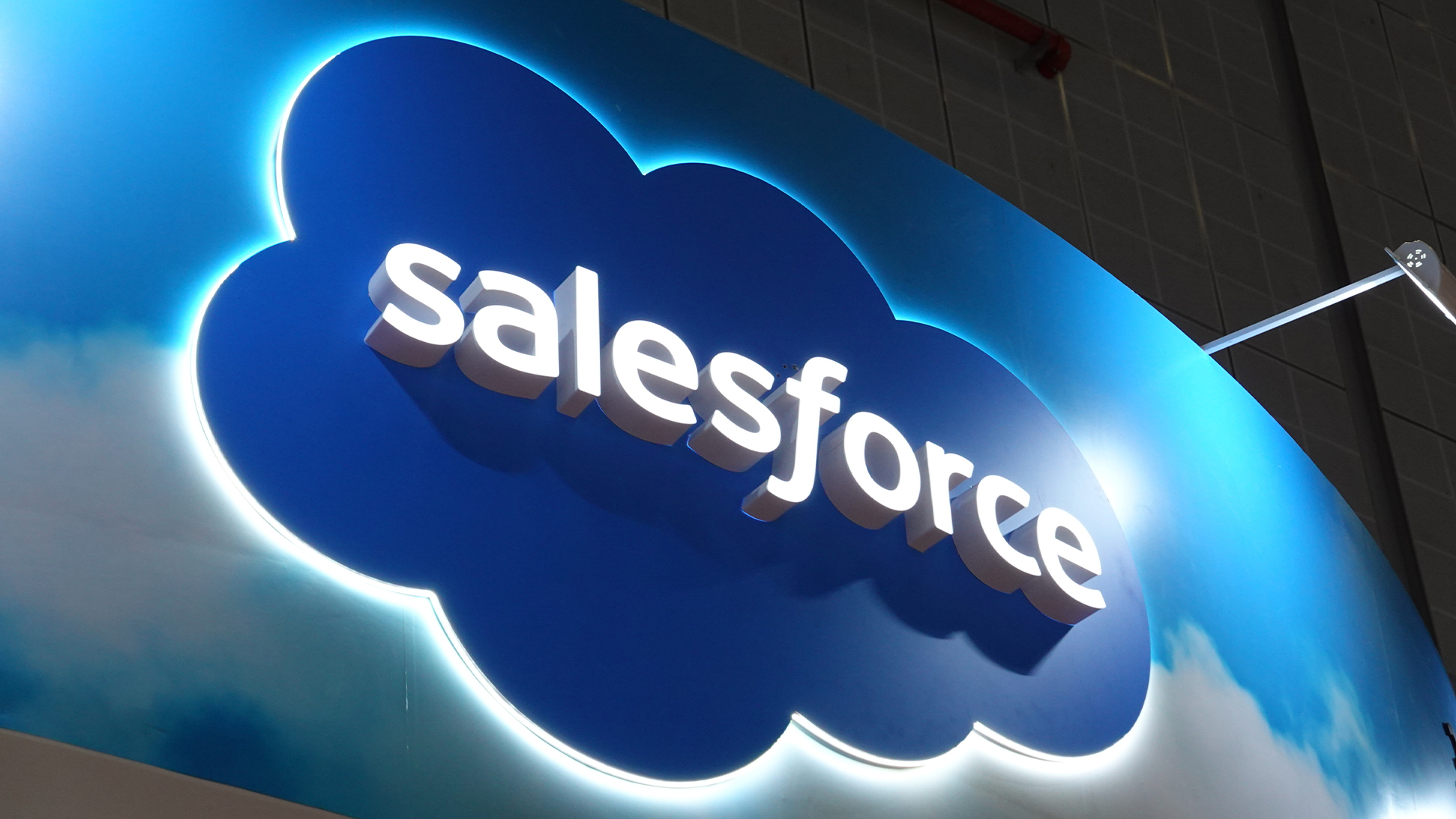 Salesforce opens up Agentforce 360 for partners to drive agent development
Salesforce opens up Agentforce 360 for partners to drive agent developmentNews Salesforce has opened up its Agentforce 360 platform to allow partners to build and sell AI agents and applications.
-
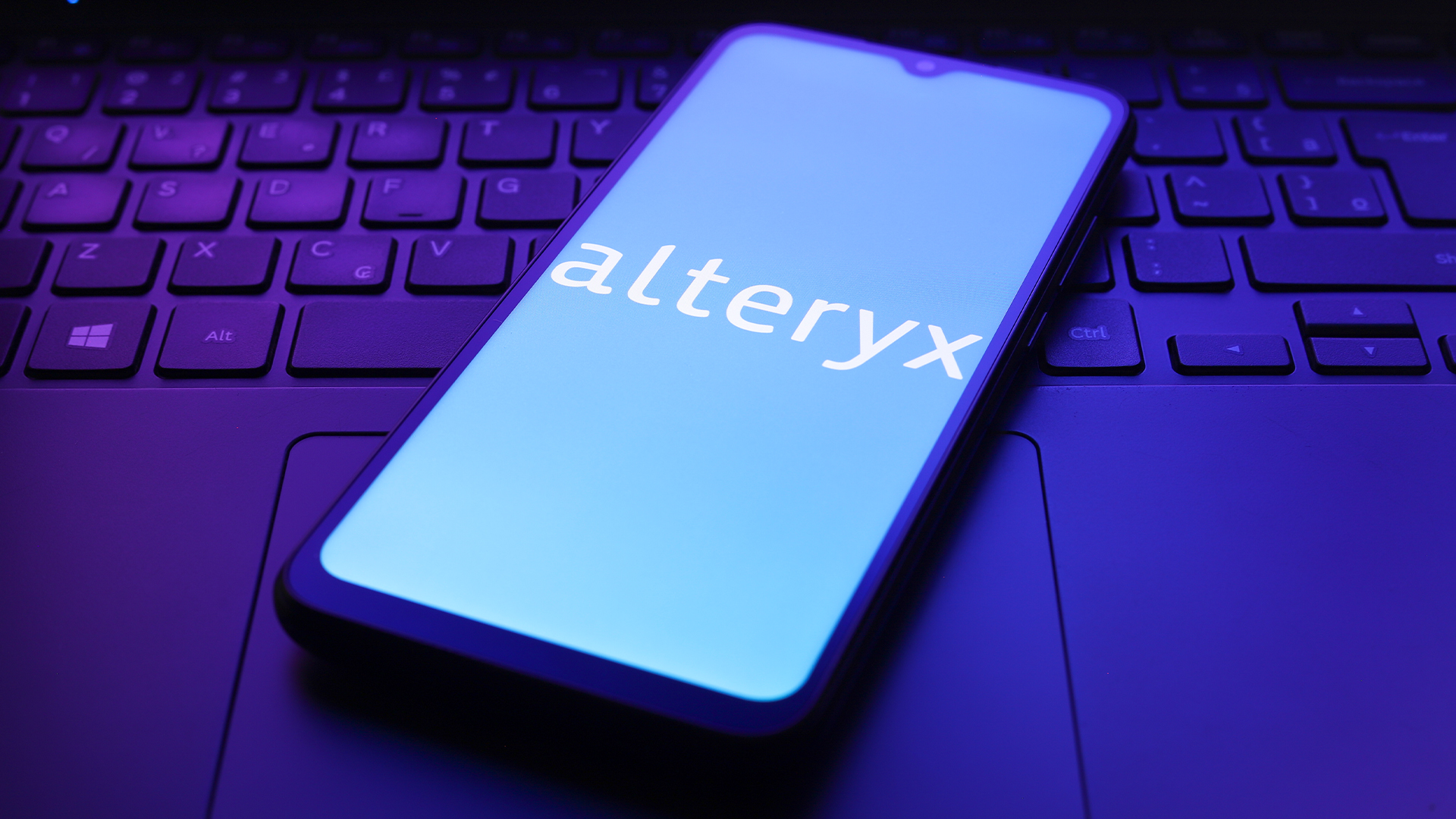 Alteryx names former Salesforce, Oracle strategist as new global technology alliances lead
Alteryx names former Salesforce, Oracle strategist as new global technology alliances leadNews The former Salesforce and Oracle leader will spearhead Alteryx’s partner strategy as the vendor targets deeper ecosystem collaboration
-
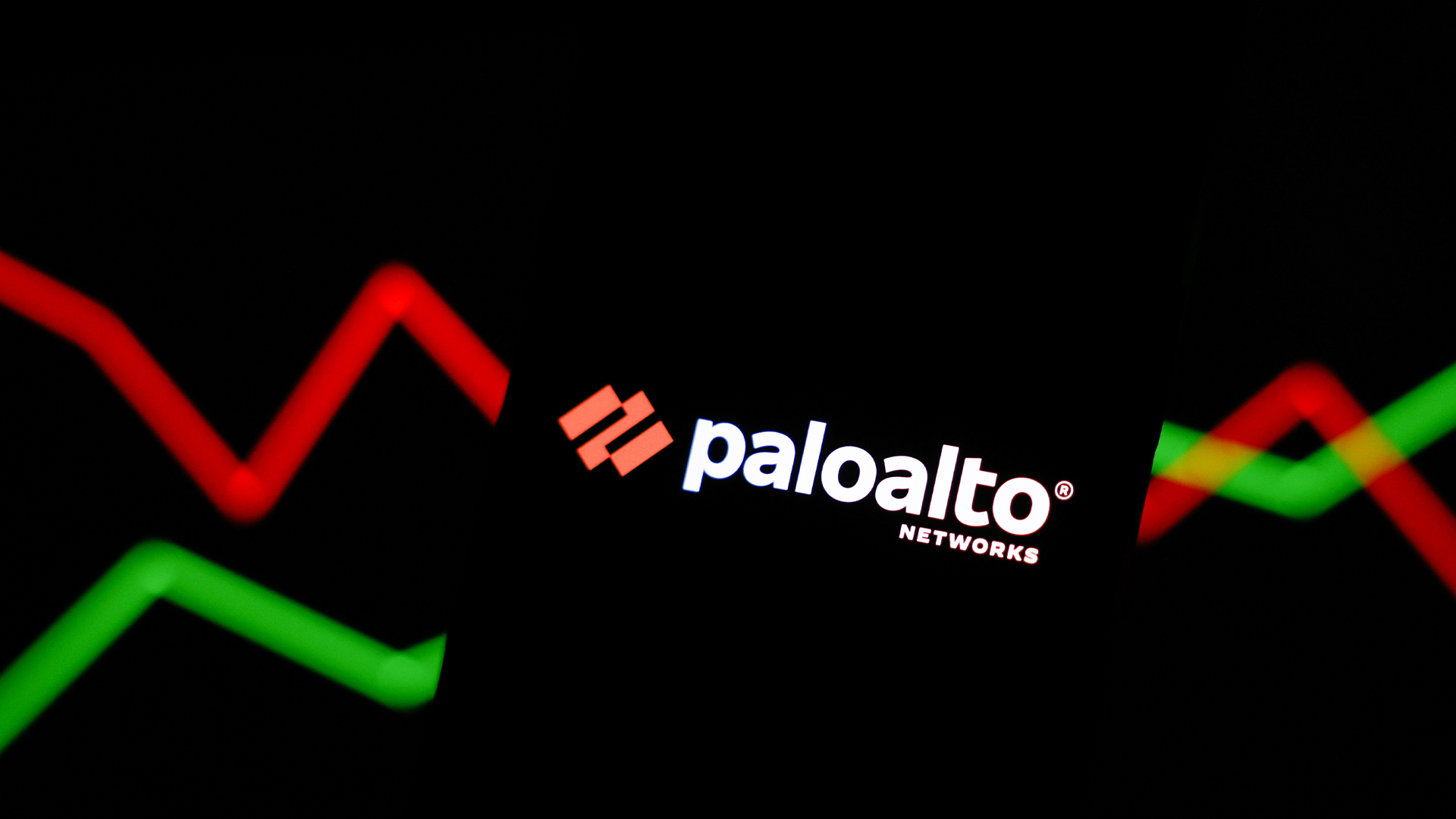 Palo Alto Networks to acquire Chronosphere in $3.35bn deal
Palo Alto Networks to acquire Chronosphere in $3.35bn dealNews The cybersecurity vendor will combine Chronosphere’s observability platform with its own Cortex AgentiX offering
-
 Nozomi Networks eyes channel growth with double executive appointment
Nozomi Networks eyes channel growth with double executive appointmentNews Matthew Cowell has been named as VP of strategic alliances, while Tyson Gerhold becomes VP of global partner and channel sales